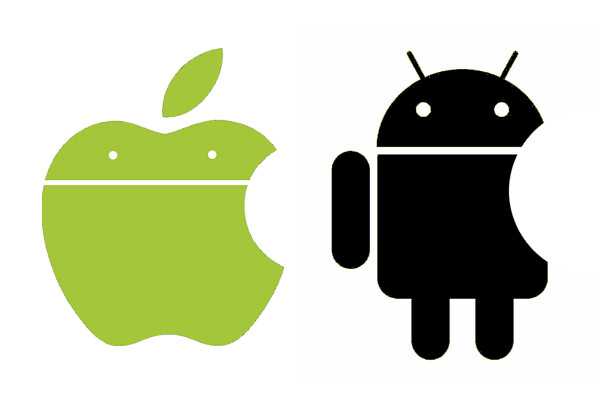Estimates of the current Natural Language Processing (NLP) market size vary between $11B and $16B. Despite the variance in market size approximations, research companies agree that it will grow significantly. Thus, many enterprises are adopting Natural Language Processing (NLP) solutions. However, choosing the best NLP platform can be overwhelming. There are many confusing aspects - the first being NLP terminology. NLP has subtopics including Natural-Language Understanding (NLU) and Natural Language Generation (NLG), moreover overlaps with Spoken Language Understanding (SLU). Second, the market is oversaturated with natural language technology providers self-proclaiming they are superior (there are over 200 platforms just for text-based chatbots!). Below is a fact-based, transparent guide created by condensing the Picovoice team’s expertise in NLU and speech recognition to aid buyers.
What to do before choosing the best NLU software for voice products
The number one success for every product is user adoption. Start with understanding users and answer: “what’s the job to be done?” No vendor could know your users better. If the majority of users are mobile, such as salespeople or mechanics, introducing a chatbot or using a push-to-talk may not work well. Then list some utterances to ensure the solution can capture them correctly. If the product is related to the food & beverage industry, such as restaurants or grocery stores, mixing “matcha” with “much a” impacts the user experience. Plus, utterances will become expressions, intents and intent details during the development.
Three things to consider to evaluate the NLU software
1. Accuracy
Understanding, as the name suggests, is what NLU solutions are supposed to do. If the product does not capture what users say correctly, it will not provide a good experience and impact your business. For Spoken Language Understanding (SLU), the accuracy of STT also matters.
Picovoice offers an open-source NLU benchmark with an easy-to-follow tutorial. It covers Amazon, Google, IBM and Microsoft. However, other researchers added more platforms, such as SoundHound and Snips.
2. Ease of Use
Time to train, time to market and availability of technical support will determine how much time your development team will invest and how quickly you will market your product. For example, an e-commerce platform NLU should be trained to understand iPhone, while a used-car marketplace NLU should be trained for Qashqai. Many platforms offer built-in slots to make training easier.
3. Total Cost of Ownership
Free and open-source platforms are great if you have in-house expertise. If you need support during the development or maintenance of the tool you build, you might be alone - which costs your business- or maintainers may charge separately. Vendors with a per API cost structure might be favourable at the beginning or for low-volume projects. However, per API-cost structures become costlier at scale later. Then there are other costs related to security and safety risks.
There is no single “best” natural language technology provider for everyone. For buyers, it’s imperative to understand the business requirements and challenge the vendors accordingly. There’s one final question to ask to evaluate various vendors: Do they recommend it just because it’s what they have or because it’s what’s the best for us?







